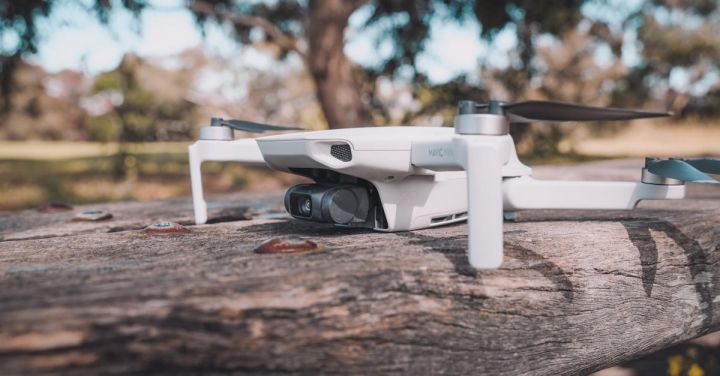How to Perform Basic Aerobatic Maneuvers?
Mastering basic aerobatic maneuvers can be an exhilarating experience for any pilot. Whether you’re a seasoned aviator or a beginner, learning these thrilling maneuvers can take your flying skills to new heights. In this article, we will explore the step-by-step process of performing basic aerobatic maneuvers, providing you with the knowledge and confidence to take to the skies with style.
The Loop: Defying Gravity
The loop is perhaps the most iconic aerobatic maneuver, and it’s a great place to start. To perform a loop, begin by gaining sufficient altitude. Once you’re at the desired height, smoothly pull back on the control stick to enter a climb. As you approach the top, simultaneously reduce the throttle to maintain a steady speed. At the apex of the climb, complete the loop by gently pushing the control stick forward to descend. Remember to keep a close eye on your airspeed and maintain coordination throughout the maneuver.
The Roll: Spinning with Precision
The roll is a maneuver that showcases your ability to control the aircraft’s attitude. To execute a roll, start by establishing a level flight at a comfortable altitude. Begin the maneuver by applying smooth and steady aileron input in the desired direction of the roll. As the aircraft begins to bank, maintain coordinated flight by applying rudder input in the opposite direction. Once the desired roll angle is achieved, neutralize the controls and complete the roll. Remember to be gentle with your inputs and maintain a constant speed throughout the maneuver.
The Immelmann Turn: Going Upside Down
The Immelmann turn is a combination of a half-loop and a half-roll, resulting in a change of direction while maintaining altitude. Begin by establishing level flight at a safe altitude. To initiate the maneuver, smoothly pull back on the control stick, entering a half-loop. As you reach the inverted position, neutralize the controls momentarily, and then apply aileron input in the desired direction of the turn. Complete the turn by rolling out of the maneuver and leveling the wings. This maneuver requires precise control inputs and a good understanding of your aircraft’s performance capabilities.
The Hammerhead Stall: Climbing to a Standstill
The hammerhead stall, also known as the stall turn, is all about vertical precision. To perform this maneuver, start by climbing to a safe altitude. Once you’re at the desired height, reduce the throttle to idle and smoothly pull back on the control stick to enter a vertical climb. As the aircraft’s speed decreases and the nose starts to drop, apply full rudder in the opposite direction of the turn. This will cause the aircraft to pivot around its vertical axis. Once the aircraft has pivoted 180 degrees, release the rudder and gently push the control stick forward to recover from the stall. This maneuver requires precise coordination and timing to execute smoothly.
Conclusion: Pushing the Limits
Performing basic aerobatic maneuvers is an exciting way to push the limits of your flying skills. By following these step-by-step instructions, you can safely and confidently execute loops, rolls, Immelmann turns, and hammerhead stalls. Remember to always fly within your aircraft’s limitations and practice these maneuvers under the guidance of a qualified flight instructor. With practice and dedication, you’ll soon be soaring through the skies with style and finesse. So, buckle up and get ready to take your flying to new heights!







